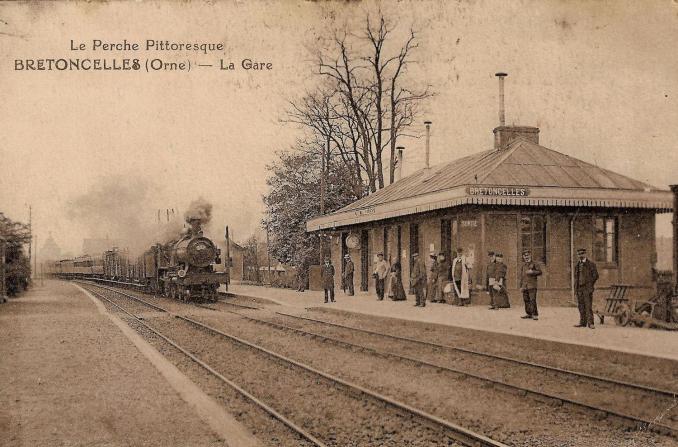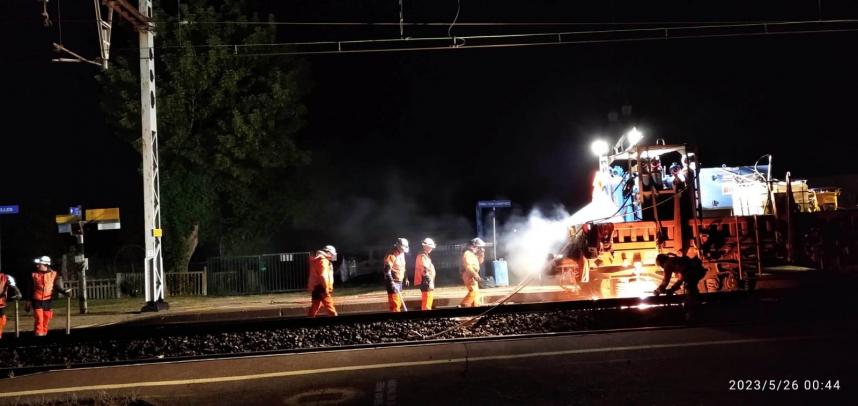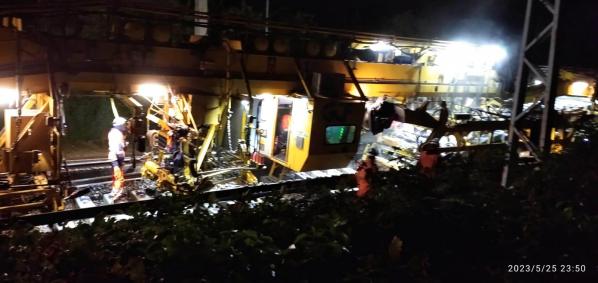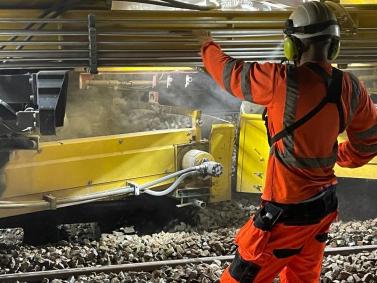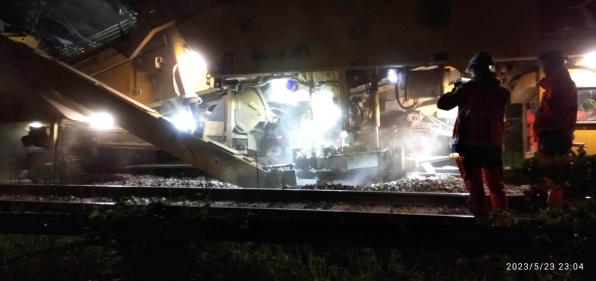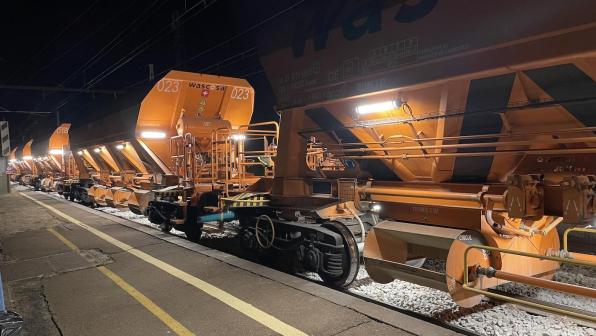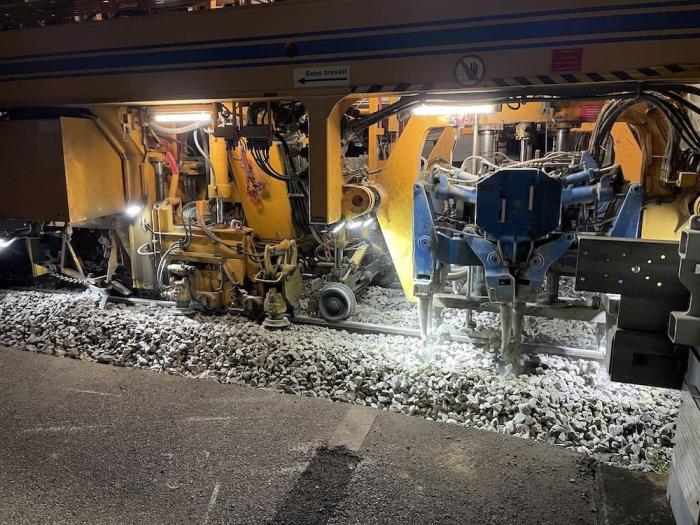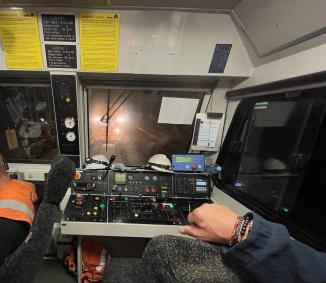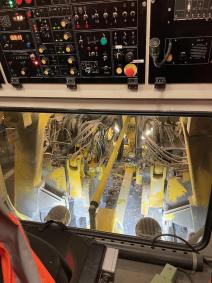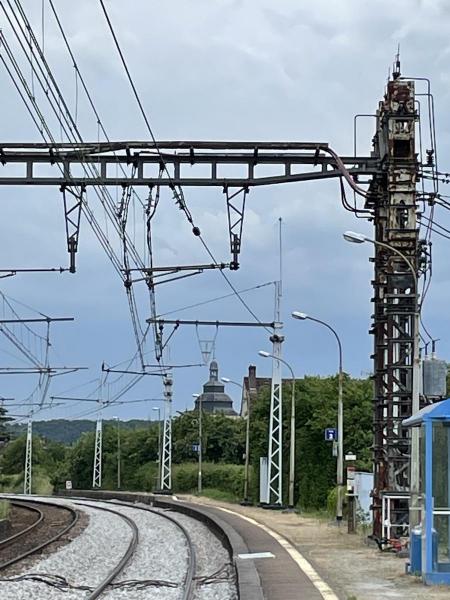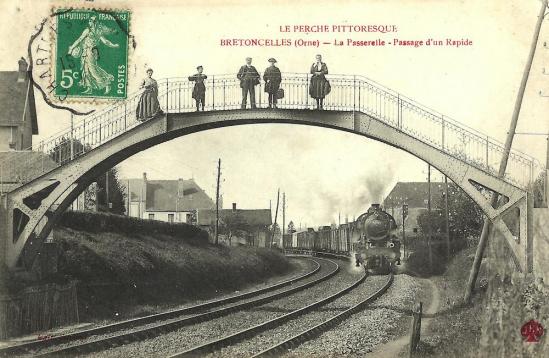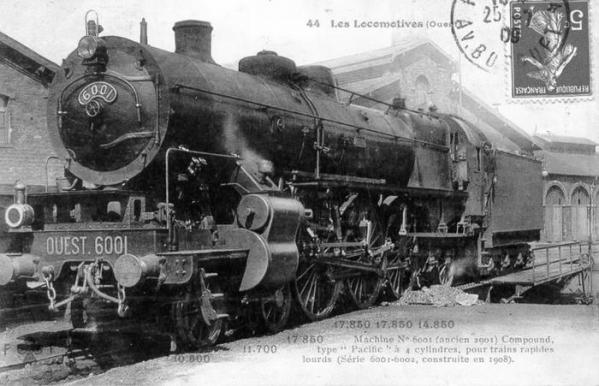Was it going to go via Le Mans or Alençon?
We are at the beginning of the 1840s. The route of the line from Paris to Brest is under review. It is already decided that it will run via Chartres and meet at Laval. But between the two there was still a doubt: go via Le Mans or Alençon? The economic issues for the two towns are considerable and they will do everything to secure the station. Le Mans wins in the end in May 1846.
The railway arrives in la Loupe (209m elevation) in 1852. It has to reach Nogent-le-Rotrou (109m elevation). Originally it was twin track. The 100m of height difference are resolved using the valleys of the Donnette, Corbionne and Huisne as far as Le Mans.
To find further information you can refer to the book, Bretoncelles, un village du Perche, éditions BPN - 2015.
Enormous construction works are undertaken to reach Bretoncelles from 1852
From 1852 enormous construction works are undertaken to reach Bretoncelles (157m elevation). A cutting is made in the hills meeting the valley of the Donnette along a length of around 4 km at a depth of more than 15 metres in a straight line with an incline of 11/1000 (1.1%).
After a wide left hand bend at kilometre 129.5 the line reaches Bretoncelles at the level of Moulin Viel on a bank some 20 metres high.
As far as Bretoncelles the line clings to the hillside and staying very much above the Donnette. In this very wet and marshy zone oak piles are placed under the track and hydraulic structures built (to capture water runoff).
After curves and counter curves the railway arrives at Bretoncelles at kilometre 134.27 and continues to Condé following the valley of the Corbionne, still keeping to the left side of the valley.
The line leaves the territory of Bretoncelles at kilometre 138.25 at the bridge over the road to Coulonges les Sablons.
The commune of Bretoncelles is cut in half
From that time on the commune of Bretoncelles has been cut into two by this railway for a distance of 9 kilometres.

